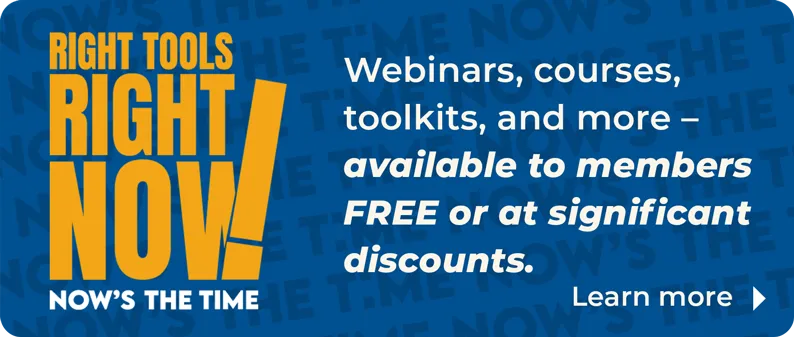
Every association executive experiences the frustration of having a “failure to communicate” with their members. My first exposure to this problem, however, was long before becoming an AE.
While I was attending a Certified Real Estate Brokerage Manager course in 1984, instructor Art Godi—1996 National Association of REALTORS® president— asked us to engage in two exercises.
First, everyone in the room glanced at a picture. Then, several people were invited to describe 10 things in that picture. Interestingly, no one ever described the picture the same way another person recalled it.
The second exercise was the old children’s game of telephone. One person would read a written phrase, then whisper it to the person on their right. This person would then whisper what they heard to the next person, and so on, until it was whispered back to the originator, who would then repeat what they heard out loud. The final iteration was never the same as what was on the piece of paper.
The lessons were that—regardless of how careful you are when communicating—everyone sees the same thing differently (activity No. 1), and poor communication is most frequently the fault of the sender, not the receiver (activity No. 2).
It’s common knowledge that when communicating, it’s good practice to always consider who your audience is and what is most important to them. The difficulty is that our members tend to think differently than we AEs do.
It’s also important to consider how you are going to communicate. Text, email, phone call, social media and video are all options. Remember two things, however: A message in a digital format lives forever, and with screenshot technology, no message should ever be considered private.
With all this in mind, let’s consider some best practices:
No. 1: Ask this: To whom do you wish to communicate? Are you sending your message to a broker, a top producer, an industry volunteer or an agent? Our members receive hundreds of messages weekly, if not daily. If you send the same message to everyone, hoping your target audience will read it, odds are after more than a month of that, your messages are going to spam.
No. 2: Select your words carefully. Just because you intend your words to be read a certain way does not mean they will be. Also watch your grammar and punctuation. You can use a product like Grammarly, but do not allow artificial intelligence to be your author—only use it as an asset to add to your message.
No. 3: Anticipate a response and be prepared. Communications done well generally require recipients to think about what you sent. If not, it might not be worth sending. Consider how your message will be perceived and prepare staff to respond unless you want to take all the calls yourself.
No. 4: Wait before sending a message or making that phone call. Reread your message at least twice, with at least one time being out loud to yourself. You will be surprised how frequently what appears to make sense on paper does not sound right.
No. 5: Have your message reviewed by someone who will give you honest feedback. For example, if you think this article is coming to you as originally written, think again (my thanks to the AExperience editorial team).
Finally—and this may be the best practice of all—put yourself in the shoes of your recipient. This one action will significantly improve your communications. Not doing so—in the immortal words of the villainous Captain in the 1967 film Cool Hand Luke—will result in a “failure to communicate.”









